Stimulants are drugs that speed up the body’s systems and are sometimes referred to as “uppers.” Stimulants include prescription drugs (amphetamines, Adderall,® Dexedrine,® Concerta,® Ritalin,® diet aids, and drugs that treat narcolepsy), caffeine, and illicit drugs (methamphetamine or “meth,” cocaine, methcathinone, other synthetic cathinones or “bath salts,” and MDMA/ecstasy).
The desired effects of using stimulants include increased focus, higher levels of energy, extended wakefulness, feelings of euphoria, increased confidence, reduced appetite, weight loss, or to “get high,” Stimulants can be misused and are addictive. Chronic, high-dose use is frequently associated with agitation, aggression, panic, suicidal or homicidal tendencies, and other negative health consequences.
Learn more by downloading the
DEA’s fact sheet (PDF).
Why are stimulants dangerous?
Chronic prescription stimulant misuse and illicit stimulant use can lead to serious health consequences.
|
Short-term health effects
- Alertness
- Fast heart rate
- Mood swings
|
Long-term health effects
- Addiction
- Permanent heart problems
- Paranoia and/or psychosis
|
Other serious consequences
- Accidental overdose
- Death
- Complications during pregnancy
|
Using stimulants can be especially dangerous when:
- Combined with alcohol or other drugs
- Driving a motor vehicle
- Using alone
- A mental health problem is present
- An existing heart problem is present
See more on the
negative health consequences of chronic prescription stimulant misuse and illicit stimulant use below.
Stimulants can be found in different forms.
Powder, Pills, Liquids, Rocks/Crystals
People can take stimulants by smoking, inhaling, swallowing, snorting, or injecting the drugs. Pills and powder can be white, colorful tablets, brown crystalline powder, or shiny blue-white rocks.
|
Cocaine is a white, crystalline powder derived from coca leaves. Cocaine can be snorted, smoked, swallowed, or dissolved in a liquid to be injected into a vein. Common names include “coke,” “snow,” and “flake.” Learn more about
cocaine (PDF).
|
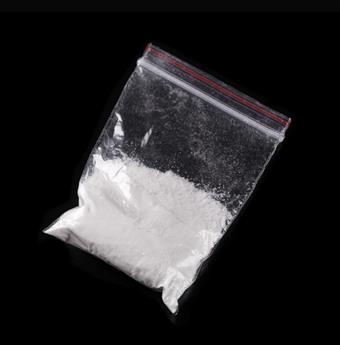
|
|
Crack cocaine looks like white or off-white rocks that vary in size and shape. Crack cocaine is typically smoked. Common names include “rocks,” “candy,” and “nuggets.” Learn more about
crack cocaine (PDF).
|
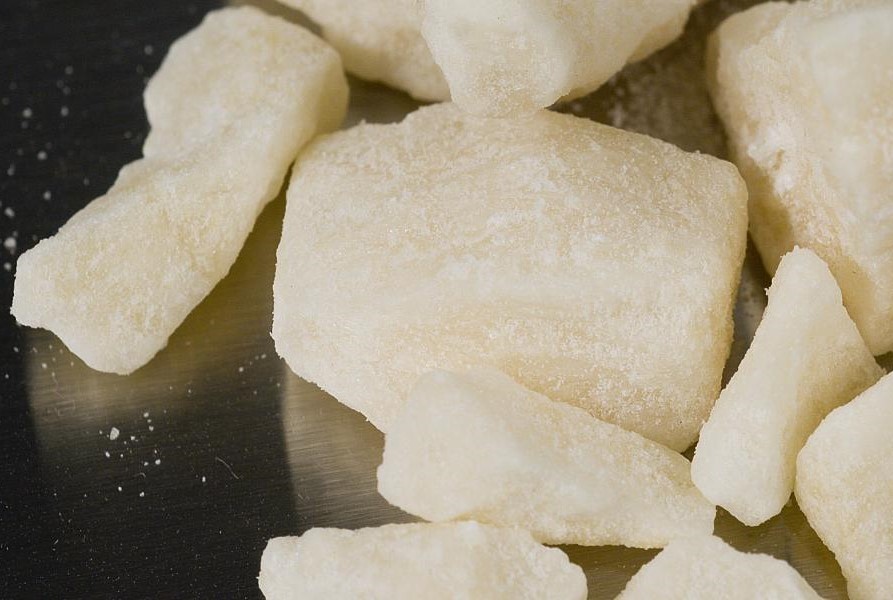
|
Crystal methamphetamine is a synthetic (man-made) stimulant. It looks like glass fragments or shiny blue-white rocks. Crystal methamphetamine is often smoked with a glass pipe. It can also be swallowed, snorted, or injected into the vein. Common names for crystal methamphetamine are “ice” or “glass.” Learn more about
crystal methamphetamine (PDF).
|
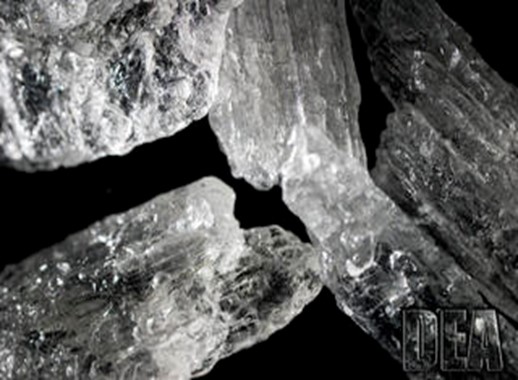
|
Methamphetamine is a pill or powder and can be smoked, snorted, injected when dissolved in a liquid, or swallowed. The FDA approved brand name is Desoxyn® and it is used to treat attention deficit hyperactivity disorder (ADHD). Common names include “meth,” “speed,” and “crank.”
Learn more about
methamphetamine (PDF).
|
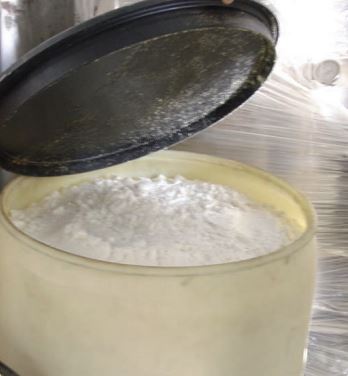
|
MDMA (3,4-methylenedioxy-methamphetamine), also known as ecstasy or “Molly,” is a synthetic drug that has both stimulant and hallucinogenic effects. MDMA is typically swallowed in tablet, capsule, or liquid form. It can also be found in powder form and snorted. It is often considered a “party drug” because it is popular in nightclubs. Common names include “lover’s speed,” “hug drug,” and “x.”
Learn more about
MDMA (PDF).
|
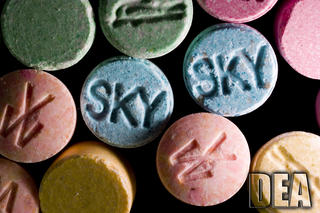
|
Prescription stimulants are medicines that are used to increase alertness, attention, energy and treat attention-deficit hyperactivity disorder (ADHD) and narcolepsy. Common prescription stimulants include dextroamphetamine (Dexedrine®), dextroamphetamine/amphetamine combination (Adderall®), methylphenidate (Ritalin®), and diet aids (Didrex,® Bontril,® Preludin,® Fastin,® Adipex P,® Ionomin,® and Meridia®). Prescription stimulants come in tablet, capsule, or liquid form. They can be swallowed, dissolved in a liquid to inject into a vein, or crushed to snort or smoke.
Learn more about
prescription stimulants.
|
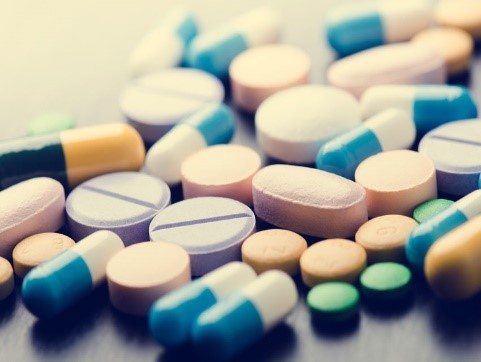
|
Synthetic cathinones, also known as “bath salts,” are human-made stimulants. They look like a white or brown crystal-like powder. They are marketed as plant food, jewelry cleaner, glass cleaner, research chemicals, bath salts, and labeled “not for human consumption.” They are introduced and reintroduced into the market in quick succession to dodge or hinder law enforcement efforts to address their manufacture and sale. They are also marketed as cheaper substitutes for other stimulants or sold as “Molly.” Synthetic cathinones can be snorted, smoked, ingested, or dissolved in liquid to be injected. Other names include “vanilla sky,” “cloud nine,” and “white lightening.” Learn more about
synthetic cathinones (PDF).
|
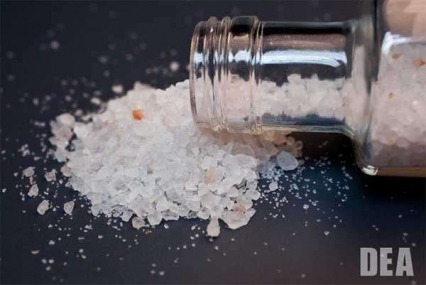
|
Stimulants in California
The graph below shows the age-adjusted rate for deaths due to a psychostimulant with abuse potential-related overdose.
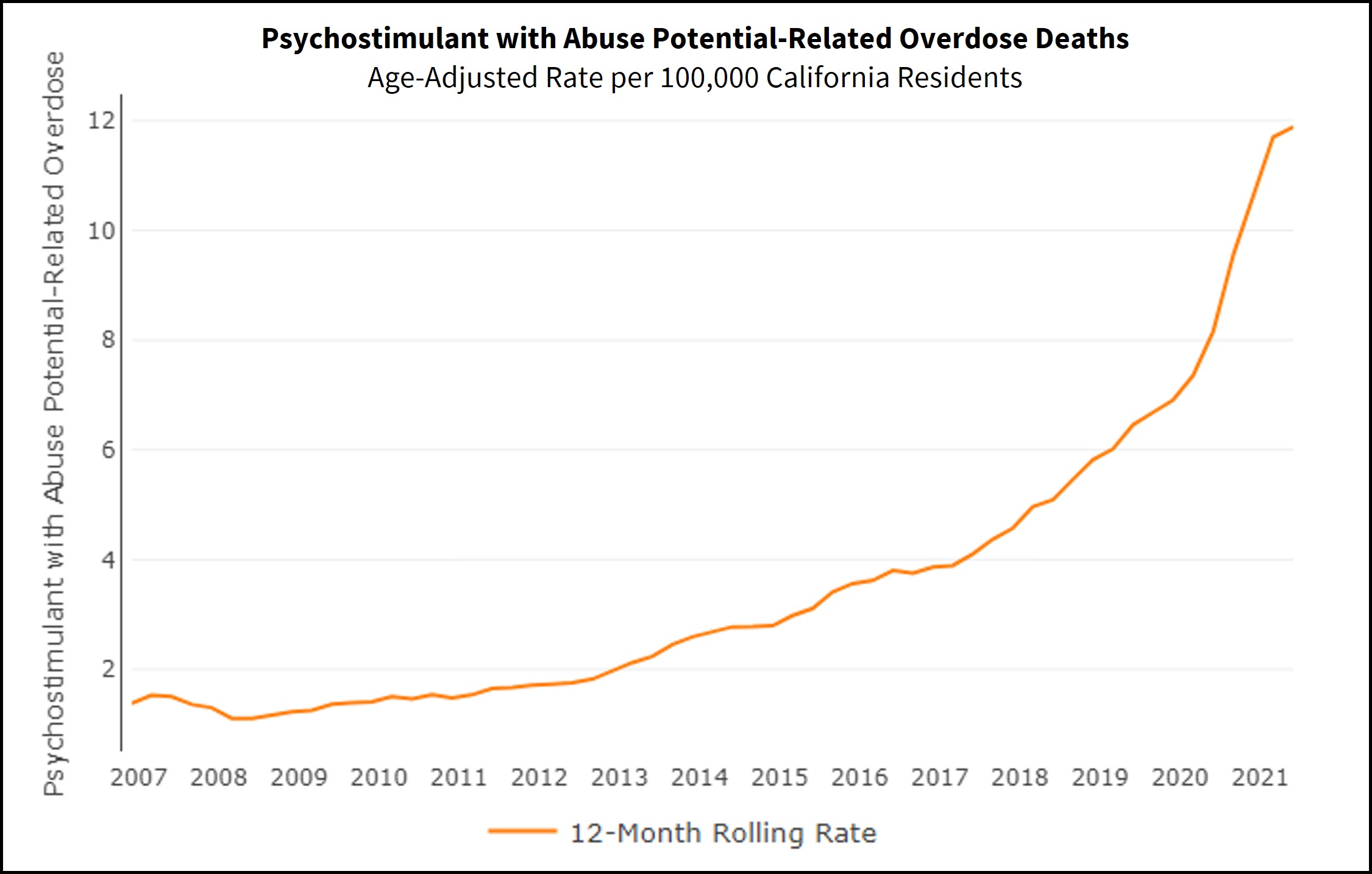
Source:
California Overdose Surveillance Dashboard
CDPH SAPB
monitors fatal and non-fatal stimulant-related overdose trends over time in California, by sex, age, race/ethnicity, and substance type. These indicators and trends are also available by geography, county, and zip code on the
California Overdose Surveillance Dashboard.
For stimulant-related overdose deaths, stimulants included are “psychostimulants with abuse potential” (e.g., methamphetamine, MDMA, dextroamphetamine, levoamphetamine, or methylphenidate (Ritalin)) and “cocaine.”
For stimulant-related non-fatal overdose emergency department visits or hospitalizations, stimulants included are “amphetamines” (e.g., methamphetamine) and “cocaine.”
What is California doing?
-
Connecting partners to improve health care access and health equity
|
-
Building community engagement to reduce stigma
|
-
Supporting harm reduction services & holistic approaches to wellness
|
-
Statewide surveillance to provide data for evidence-based decisions
|
The CDPH Substance and Addiction Prevention Branch (SAPB) works with many partners throughout the state to monitor and address current trends at the statewide and local level. Working closely with local health departments, drug safety coalitions, and other partners at the local level allows CDPH to support local prevention and intervention efforts that address the unique trends and specific needs of California’s communities.
Negative health consequences
Treatment
There are currently no approved medications to treat stimulant use disorder or to reverse a stimulant-related overdose event. The most effective treatments for stimulant use disorder are behavioral therapies.
Mixing drugs is especially dangerous
Stimulants that are not prescribed by your doctor could be laced with
fentanyl. Fentanyl is an extremely potent synthetic opioid that cannot be seen, smelled, or tasted when mixed into other drugs.
Fentanyl test strips (PDF) can be used to indicate if fentanyl is present in stimulants. Fentanyl test strips cannot tell you how much fentanyl is present. For information on how to use fentanyl test strips
download this flyer. Note that more water is needed to test for fentanyl in stimulants compared to testing for fentanyl in opioids.
Whether intentional or not,
mixing drugs significantly increases the risk of harm. Multiple prescription medications should only be taken under physician supervision.
Drugs taken together can interact in ways that increase their overall effect. Mixing drugs or mixing drugs with alcohol is associated with a greater risk of overdose.
Negative health consequences
Chronic prescription stimulant misuse and illicit stimulant use can lead to serious health consequences.
Short-term health effects:
|
Side effects include:
-
Insomnia, anxiety, restlessness, mood disturbances, headaches, vomiting, abdominal cramps, dizziness, excessive sweating
|
Withdrawal symptoms include:
-
Mood swings, depression, tiredness, cravings, sleep problems
|
Taking too large a dose at one time or taking large doses over an extended period of time may cause such physical side effects as:
- Dizziness
- Tremors
- Headache
|
- Flushed skin
- Chest pain with palpitations
|
- Excessive sweating, vomiting, and abdominal cramps
|
Long-term health effects:
- Permanent damage to the heart and brain
- High blood pressure, heart attack, and stroke
- Anxiety, confusion, and insomnia
- Mood disturbances (psychotic symptoms, such as paranoia, hallucinations, delusions) or violent behavior
- Severe weight loss
- Suicidal or homicidal tendencies
- Addiction
Other serious consequences:
- Premature death due to negative health consequences, accidental injury, or accidental overdose
- Complications during pregnancy: premature delivery, low birth weight, separation of the placenta from the uterus, as well as potential learning and memory problems later in the baby’s life
Additional negative health consequences of methamphetamine use:
- Liver, kidney, and lung damage
- Severe dental problems
- Premature osteoporosis
- Repeat infections (including skin sores from intense scratching)
Resources
Sources